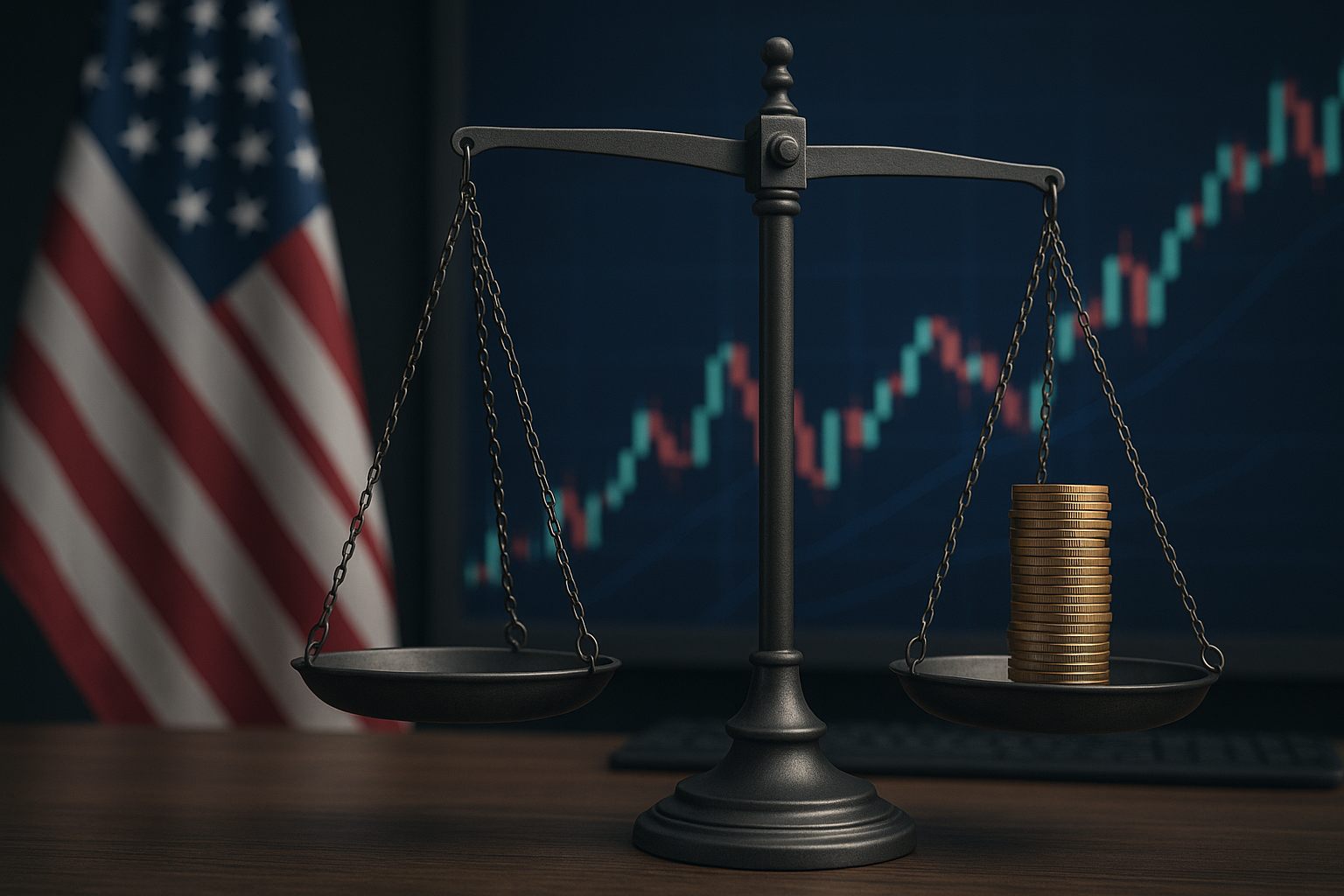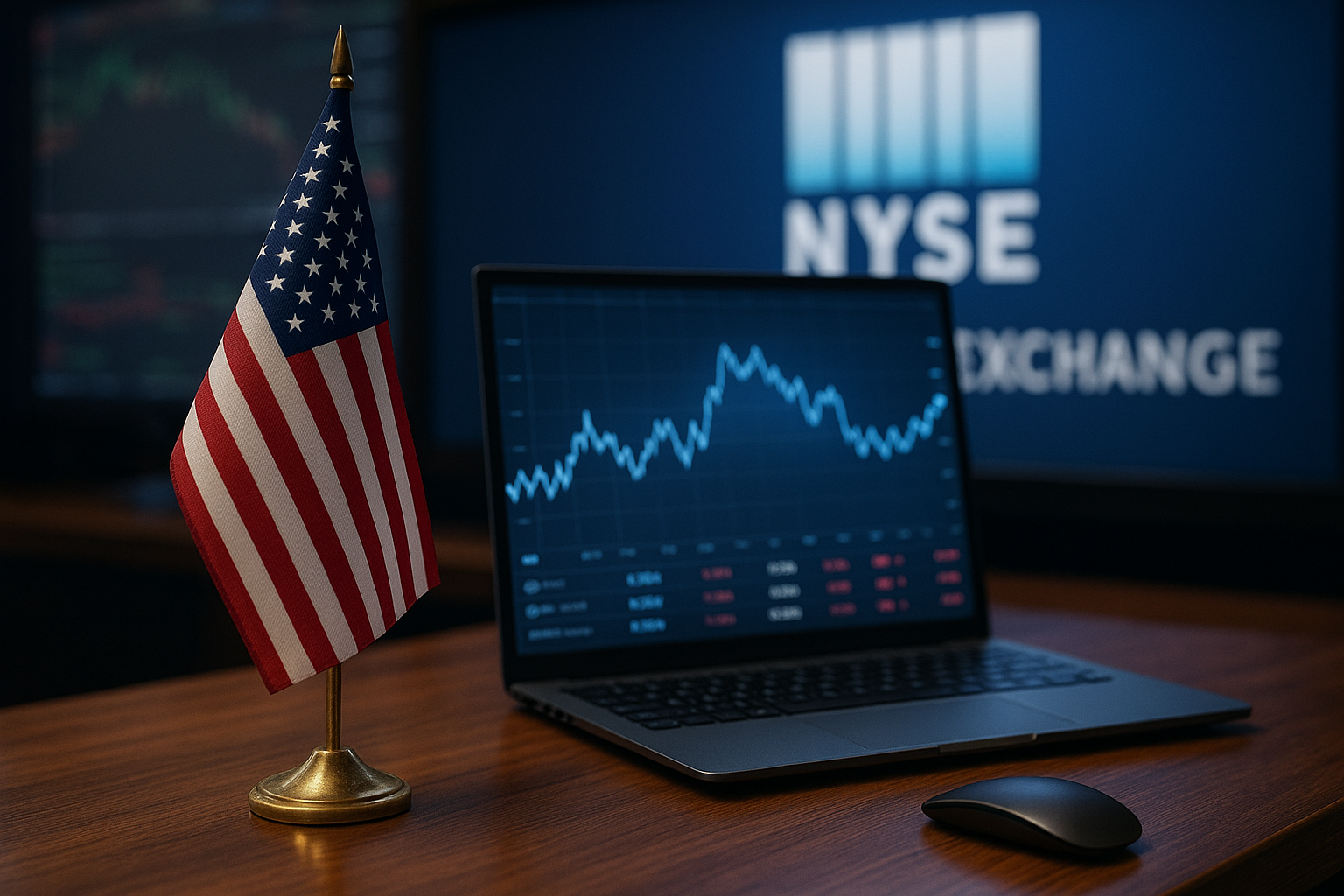A Global Trade Standoff That Investors Can’t Ignore
Markets were rattled on Monday as U.S.–China trade tensions escalated dramatically. President Donald Trump reignited fears of a global trade war, threatening to impose tariffs exceeding 115% on all Chinese imports unless Beijing reverses its 34% retaliatory duties. The bold move sent tremors through global financial markets, with investors scrambling to assess the fallout.
While tariff battles aren’t new, this latest salvo—coupled with hawkish rhetoric from both Washington and Beijing—suggests a level of economic brinkmanship that could reshape global trade flows and investment strategies for years to come. As one strategist at Morgan Stanley put it: “We are dangerously close to a point where markets begin pricing in a global recession.”
Why This Matters for Investors
Supply Chains at Risk
The U.S.–China economic relationship touches nearly every sector, from consumer electronics to agricultural commodities. New tariffs would severely disrupt supply chains already strained by lingering post-COVID bottlenecks and rising shipping costs. Apple, Tesla, and other multinational giants with exposure to Chinese manufacturing have already seen stock price volatility in recent days.
“The magnitude of these proposed tariffs would effectively upend decades of global trade norms,” said Dr. Wen Tao, a senior economist at the Asia Trade Institute. “What we’re witnessing is a potential reordering of the global economic map.”
Markets Reflect Growing Anxiety
The Dow Jones Industrial Average fell 349 points (-0.9%) on Monday, dragged down by heavy losses in tech and multinational industrial stocks. Meanwhile, safe-haven assets like gold and the U.S. dollar saw gains as investors moved to hedge against geopolitical and economic uncertainty.
Bloomberg analysts also noted a surge in options trading volume—particularly in volatility indices—suggesting institutional investors are bracing for a turbulent Q2.
What Analysts and Officials Are Saying
The Australian government has voiced concern over the trade escalation, citing potential disruptions to global growth. Similarly, The Guardian reported that top EU leaders are urging restraint, warning that a U.S.–China trade war could spill over into European markets and consumer prices.
In a note to clients, Goldman Sachs downgraded its outlook for global GDP growth by 0.3%, citing the likelihood of further protectionist policies. The investment bank warned that the trade conflict could extend into other sectors, such as rare earth metals and semiconductors.
Future Trends to Watch
- Re-shoring and Near-shoring: As tariffs increase costs, U.S. companies may accelerate efforts to bring production closer to home, benefiting domestic manufacturing and logistics sectors.
- Commodity Market Volatility: Tariff-induced supply disruptions could inflate prices of key materials like lithium, copper, and steel—particularly those sourced from China.
- Tech Sector Exposure: Investors should review portfolios for companies heavily reliant on Chinese suppliers or customers, as they face the greatest risk.
- Political Risk Hedging: The growing importance of political risk management means more capital could flow into assets like gold, energy stocks, and defense equities.
Key Investment Insight
With global trade under renewed pressure, investors should consider rebalancing their portfolios to account for geopolitical risk. This may include increasing exposure to U.S.-based industrials, diversifying into non-China emerging markets, and monitoring currency fluctuations that could impact multinational earnings.
Furthermore, sectors like domestic infrastructure, defense, and alternative energy may benefit from a pivot away from Chinese supply chains.
Stay Ahead with MoneyNews.Today
Trade tensions are not just political soundbites—they’re market movers. As this story continues to unfold, investors need timely, credible, and actionable insights to stay ahead of the curve.
💡 For more daily updates on what matters most to markets and your money, stay tuned to MoneyNews.Today—your trusted source for investor intelligence.





